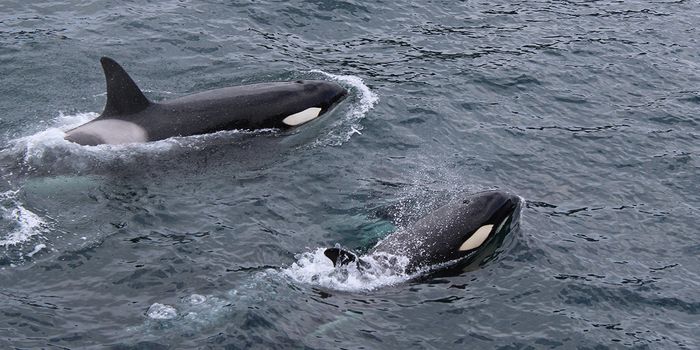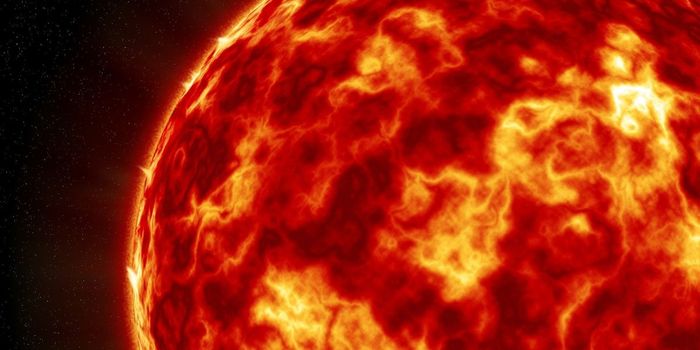When a ball is bounced on the ground, it will travel to a certain height depending on what kind of ball it is, its size and whether or not it is air filled or is solid. In this video, to demonstrate the physics of how energy transfer works, three balls, a basketball, a super bouncy ball and a golf ball, are stacked vertically and dropped. Two of the balls are air-filled and one is solid, but they all have energy. When stacked and dropped together, the largest, the basketball, transfers its energy (which it gets from the fall and its mass) to the other balls causing them to bounce higher than if they were dropped on their own. Even though the height of the drop is the same, when dropped together, the height reached by the golf ball, the smallest of the three, is increased by 70% because of the transfer of energy from the two larger, air-filled balls.
As it turns out, this is entirely similar to how a supernova works in space. A supernova, which is a massive star with huge quantities of energy, eventually dies. When this happens, the dense inner layers of the star explode outward, transferring energy to the less dense outer layers. This results in the celestial matter contained in those outer layers traveling faster and farther through the universe than they normally would. Without the energy of the center of the supernova, the outer layers might just collapse inward, but instead the transfer of energy creates thousands more of smaller celestial bodies when these massive stars die.








